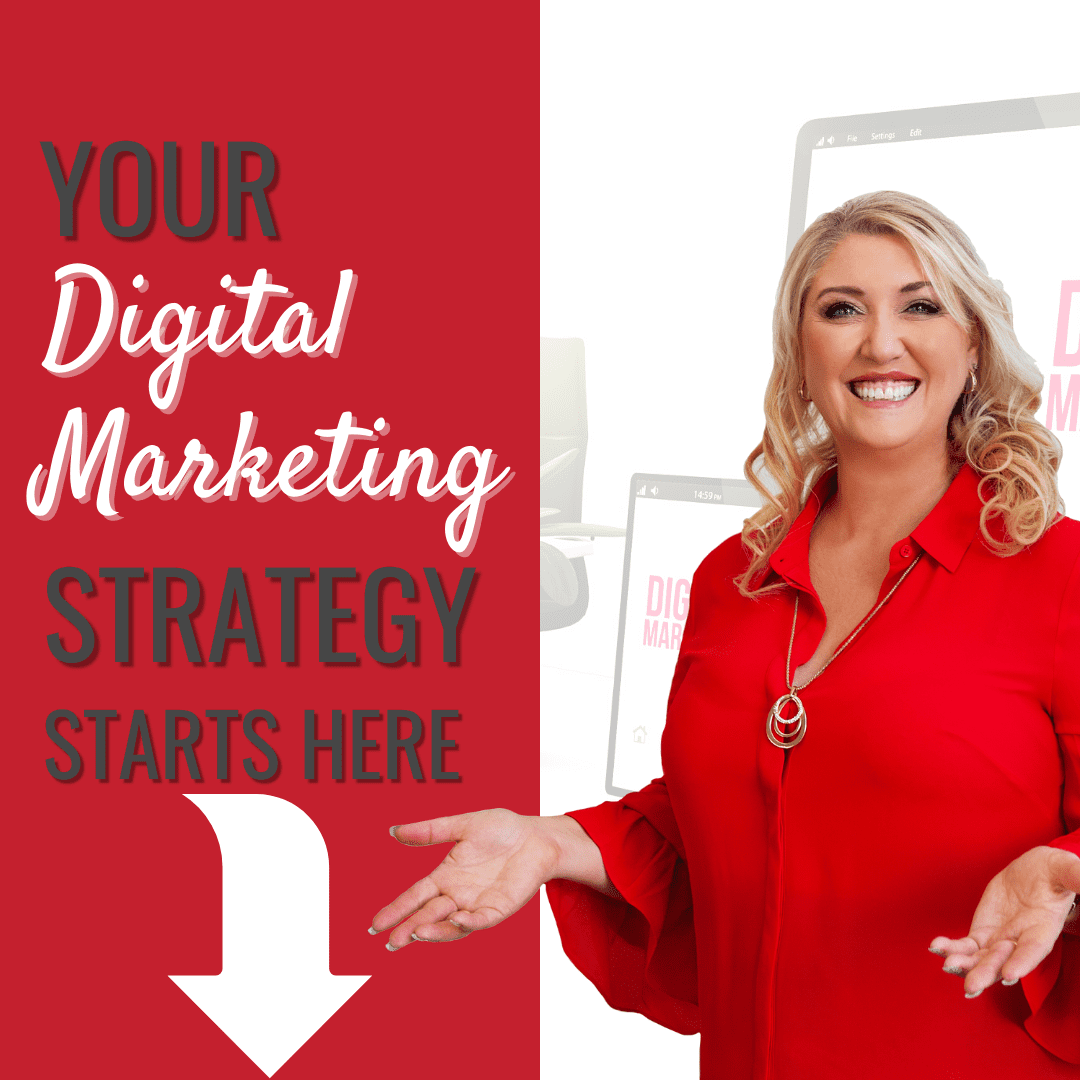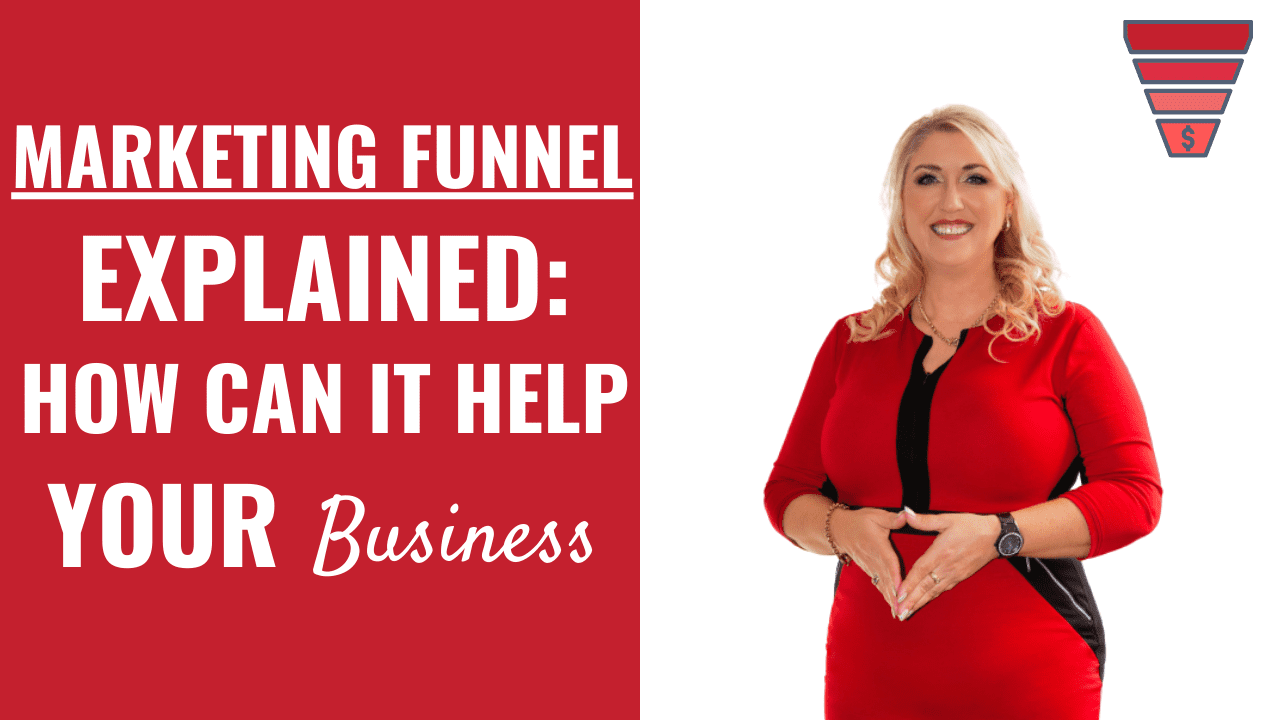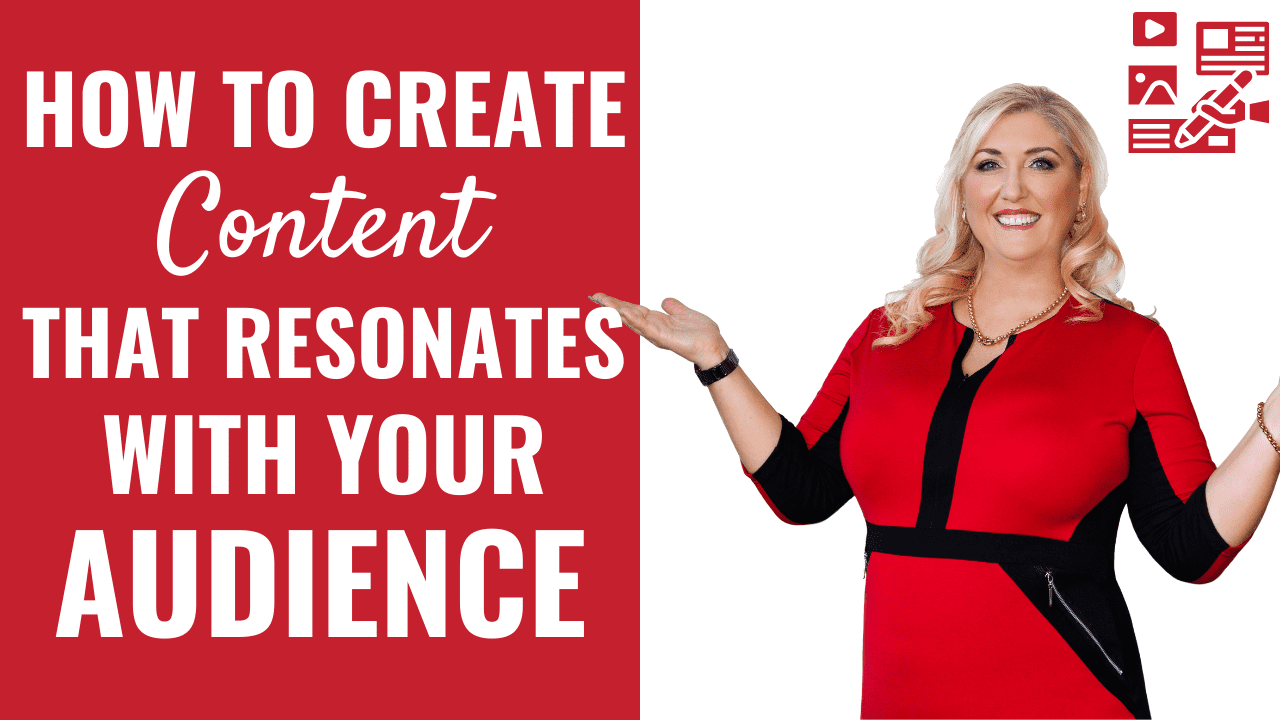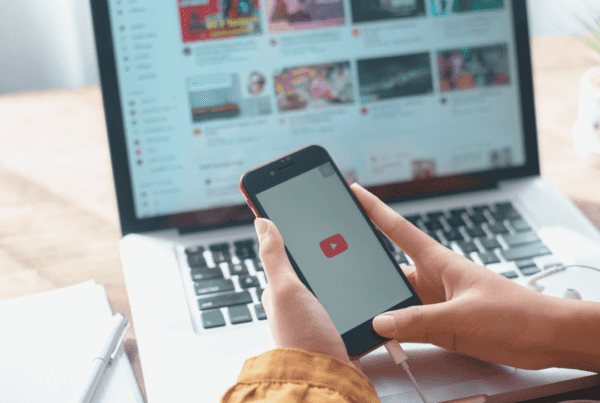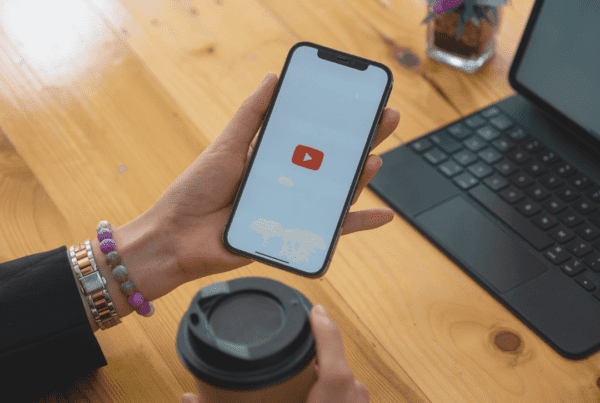What is a marketing funnel, and how can it help your business?
TL;DR - Click here to Watch the Videos BelowA marketing funnel represents your customer’s interaction with you. It is a visual representation of the stages a visitor takes between discovering your brand and converting. Marketing funnels map routes to conversion and beyond, starting from the first time someone hears about your business. It also reveals what your company must do to influence customers at various stages. Reviewing your funnels can increase sales, loyalty, and brand exposure.
What is a Marketing Funnel?
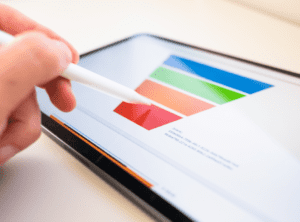 Marketers use marketing funnels to represent the process that visitors follow between discovering your brand and converting. The marketing funnel functions as a whole system. The biggest benefit of marketing funnels is their measurability. Your marketing funnel shows you where you are losing customers, to help you pivot your strategy. For instance, if you lose customers before they ever get to the second stage, you need a better brand awareness campaign.
Marketers use marketing funnels to represent the process that visitors follow between discovering your brand and converting. The marketing funnel functions as a whole system. The biggest benefit of marketing funnels is their measurability. Your marketing funnel shows you where you are losing customers, to help you pivot your strategy. For instance, if you lose customers before they ever get to the second stage, you need a better brand awareness campaign.
The most common type of marketing funnel typically consists of:
- Attention – A prospective customer sees your commercial or social media post or learns about you from a friend.
- Interest – They feel you can fix a problem and want to learn more.
- Desire – The prospect has done their homework and is ready to buy.
- Action – The prospect takes the required action, such as buying your product, arranging a demo, or whatever else you wish.
Depending on the consumer and industry, you may want them to make a purchase, join up, or fill out a form. A conversion occurs when someone performs something you want them to do. The visitor moves from browsing to doing the action you desire.
So how can this help your business?
#1 Simplifies the Buyer’s Journey
 Marketing funnels help businesses understand and track the consumer journey. These solutions detail each stage of their buyers’ decision-making process and the steps they intend to take at each level. Here are the steps on how you can help your buyers during their journey on your marketing funnels:
Marketing funnels help businesses understand and track the consumer journey. These solutions detail each stage of their buyers’ decision-making process and the steps they intend to take at each level. Here are the steps on how you can help your buyers during their journey on your marketing funnels:
Awareness Stage
The buyer realises there is an issue that has to be handled, something they need or an opportunity that they want to explore. They’ve recognised it, but they haven’t figured out what’s causing the issue or how to solve them. You should provide content that gives value and educates potential clients on the difficulties or possibilities at hand, rather than trying to sell to them directly.
Consideration Stage
They have identified their problem or aim and are prepared to do something about it. They investigate or start to consider the services and what you have on offer available to help them address their issues. Your content should now focus on educating the client about the solutions you provide.
Decision Stage
Now that your customer has decided on a solution, it’s time to market your business as the provider of that solution. Just because the buyer has accompanied you this far down the funnel, doesn’t mean you have their sale. Now their interactions with you should show that your solution is the best. Provide them with information and tools that will be the final step to them buying or working with you.
Sure, the buyer’s journey will take more time, and you will need to create content that focuses on these stages of the journey, but it will ultimately leave customers feeling empowered and positive about their experience, which will hopefully encourage them to tell their friends and possibly a loyal client to your business.
#2 Helps You Understand Your Audience
Marketing funnels simplify your buyer’s journey. When your prospective clients leave the funnel, you can trace it back to the stage where they departed, exposing the reason they left. If you have a successful client journey mapped out, you can build marketing programmes that target each phase of the decision-making process with greater precision.
Knowing your audience is key. Understanding who these individuals are allows you to personalise content to their needs, give particular forms of service and support they require and guarantee your product or service will address any problems they are having. You can also read our previous blog, as we talked about creating content that resonates with your audience here.
Let’s have a look at some methods for getting to know your audience.
- Examine any existing data and analytics.
- Consider recent accomplishments in your target audience.
- Develop buyer personas.
- Conduct polls or surveys on social media.
- Monitor your competitors.
- Keep track of audience reactions, comments, and engagements.
- Experiment with new content and product and service changes.
Getting to know your audience isn’t always easy, but it’s vital. It’s how you’ll guarantee you are publishing content that resonates with your audience and developing items or services that your target consumers want to buy. It will also assist you in converting these audience members into long-term, paying clients who will become loyal to your brand.
#3 Optimises Your Marketing Strategy
 It becomes increasingly crucial to allow your marketing funnel to adjust as you learn more about your target audience’s behaviour and goals. You gain a greater understanding of your customers and what draws them to your company as well as the factors that increase conversions and client retention.
It becomes increasingly crucial to allow your marketing funnel to adjust as you learn more about your target audience’s behaviour and goals. You gain a greater understanding of your customers and what draws them to your company as well as the factors that increase conversions and client retention.
Strategic marketing funnels may affect client behaviour at several levels, from broad to targeted. It allows you to provide content to your audience at the optimal moment. By characterising your customers’ experiences, you can deliver personalised content tailored to their stage in the funnel and keep leads moving ahead.
Let’s check a few things about how the marketing funnel helps your strategy.
Boosts your email marketing.
When someone arrives at your blog post via a top-of-funnel piece of digital marketing, they are usually not ready to buy or schedule a demo. We don’t want to miss out on the chance to offer value or reconnect with this potential customer, therefore having some type of email capture, or lead magnet such as an e-book or cheat sheet, is an excellent method to expand your email list. A content plan combined with email capture and digital marketing strategy is an effective passive approach to maintain your sales funnel full of potential consumers.
Maintaining consistency in your promotion.
A marketing funnel eliminates the need to guess your next move in attracting and keeping clients. Create a marketing strategy for each level of the funnel and communicate with leads to encourage them to buy.
Forecasting future sales
Let you better understand the outcomes of your marketing activity. Knowing the lead conversion rate for each step allows you to forecast how many of your leads will eventually convert into paying clients.
Conclusion
When you create your sales funnel, the journey isn’t over. In reality, this is where everything really starts. Once everything is in place, it is critical to track your progress. Select your KPIs first, then create a measurement process. Take the time to create a sales funnel that reflects what steps you want your target audience to take to get them to what THEY want or need.
You get a better knowledge of your consumers and what attracts them to your organisation, as well as the aspects that boost conversions and client retention.
Strategic marketing funnels may influence customer behaviour from a broad to a specific level. This enables you to offer content to your audience at the perfect time. By describing your customers’ journeys, you can send personalised content that is specific to where they are in the funnel and keep leads going forward.
Optimise the marketing funnel over time, adapt different phases of the sales funnel, as this is the only way to ensure you have a funnels that is working and generating leads and sales for your business.
If you enjoyed this blog post don’t forget to check out our library of FREE Resources & Downloads to help you grow your business and develop your business story!
Need help in getting traction with your marketing? We offer a full range of done for you realistic, practical marketing solutions for your business that deliver results and hit the spot with your customers. You can check out what we do here.
Feel as if you drowning in the overwhelm? I also offer 2-hour Coaching Strategy Sessions as well as a structured 12 week mentoring program to give you a Clear Action Plan, Digital Strategy Map & Checklists for your business and marketing
Regardless of what you need when it comes to online marketing, take the Leap … we are your springboard to success!
FAQs To Know About Marketing Funnel
- Attention – A prospective customer sees your commercial or social media post or learns about you from a friend.
- Interest – They feel you can fix a problem and want to learn more.
- Desire – The prospect has done their homework and is ready to buy.
- Action – The prospect takes the required action, such as buying your product, arranging a demo, or whatever else you wish.
- Awareness Stage
- Consideration Stage
- Decision Stage



